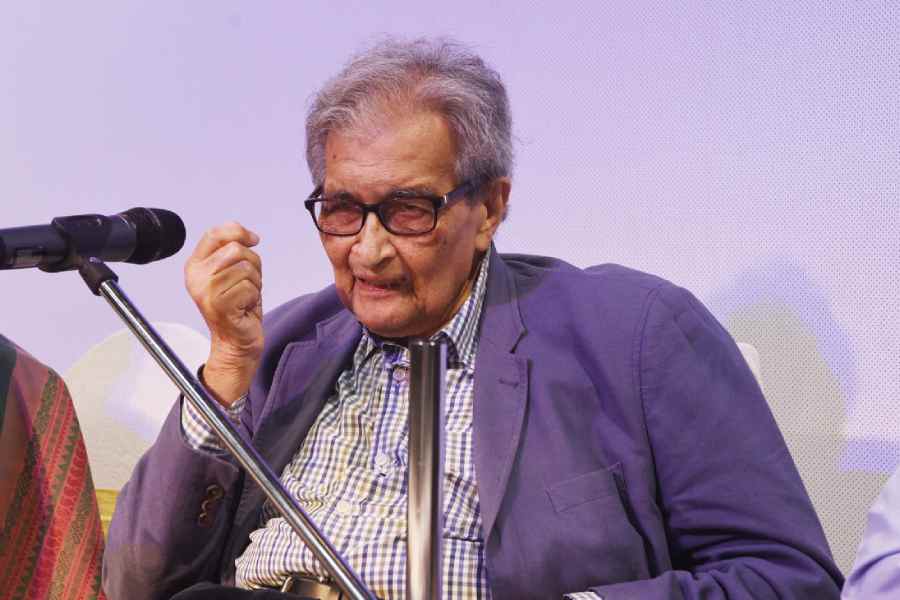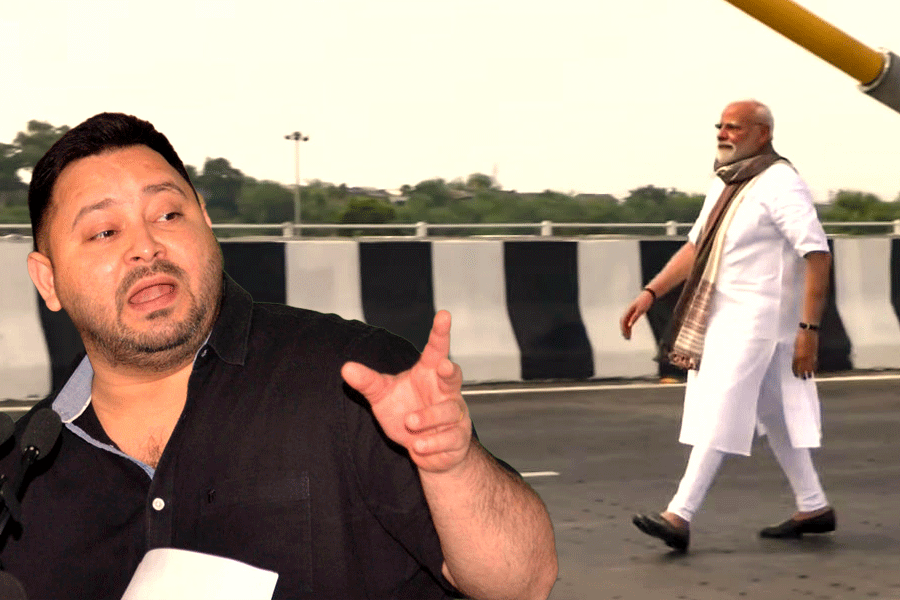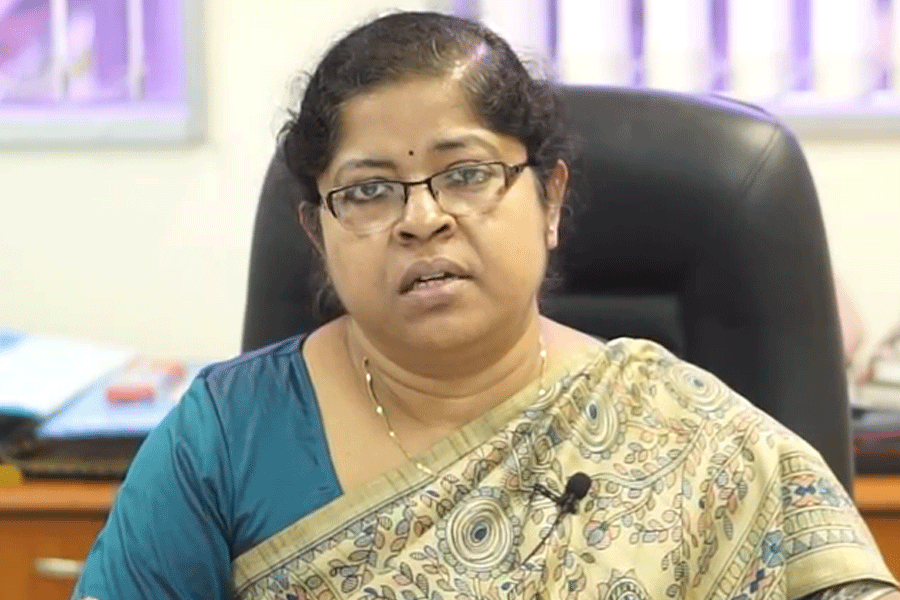 |
Mumbai, April 20: You didn’t have to give up a leg or an arm to own an IPL team. Not if you were brave enough to take the plunge three seasons ago.
Back in 2008, the bidders needed a stomach for risk rather than a sackful of dollars. “You don’t have to be India’s top industrialist to own an IPL team,” said Mumbai-based Nabankar Gupta, founder and CEO of Nobby Brand Architects and Strategic Marketing.
“IPL offers an opportunity for an investment with returns and cash flows quite similar to people investing in companies, real estate and shares. You can share ownership and limit the amount you need to invest in a team,” Gupta added.
Franchise owners are cagey but they are more circumspect about the numbers. However, a key factor that largely goes unnoticed when eye-popping figures are bandied about is the franchisees have a 10-year window to pay the money. They don’t need to stump up the cash at one go.
Take a team like the Kolkata Knight Riders (KKR), which couldn’t make it to the semi-final this time because of its poor net run rate even though it put a decent 14 points on the table.
Shah Rukh Khan’s investment in the side hasn’t been very high: he is reported to have put in about Rs 14 crore by way of equity while Jay Mehta and his wife Juhi Chawla chipped in with Rs 9 crore or so. That’s small beer for King Khan — he makes that kind of money with a couple of advertisements.
A source said KKR — a team that was valued by Brand Finance of the UK as the second highest this year after Chennai Super Kings on the back of its robust sponsorship earnings courtesy King Khan — would make a small profit this year.
KKR’s yearly franchise fee of around Rs 35 crore is the biggest cost element in its Rs 90-crore annual budget. A third of the financing has come from debt worth about Rs 30 crore.
When it comes to earnings, KKR will get about Rs 40 crore from the BCCI from the central pool of revenues.
Under the revenue sharing formula, the BCCI gets to keep 20 per cent of the central revenue in the first three years while the teams divide 80 per cent of the revenues.
Under the rules, the BCCI’s share will rise to 30 per cent in seasons 4 and 5, and further to 40 per cent from seasons 6 to 10.
Teams that make it to the semi-final will get a little more cash, said the source.
The KKR numbers serve as a template for most teams — give or take a couple of crores. The Mumbai Indians’ budget won’t top Rs 110 crore while the Rajasthan Royals side — which put in the lowest bid at $67 million — won’t have to cater for a budget above Rs 80 crore. Besides, for Mumbai, which paid a higher fee, revenue also will be higher.
There’s a thumb rule here: most teams won’t need an equity capital — the money that the owners need to stump up — of more than Rs 25 crore to fund a business that is worth Rs 100 crore on an average.
Throw in a debt component of about Rs 25 crore and these owners are in clover. The rest of the money will come out of sponsorships, guaranteed payouts from the BCCI and other streams of revenue.
Big profits too
 |
The pundits who have been evaluating this phenomenon say 2010 will be the payback year when the eight teams start making some serious profits.
“We see profitability of the teams ranging from Rs 19 crore to Rs 43 crore this year,” said Bijal Shah, analyst with India Infoline Research, which has carried out a comprehensive study on the IPL’s finances. Those are extraordinary figures for a Rs 100-crore operation.
If you are prepared to believe Shah’s staggering estimates, the BCCI will end up with an operating profit of Rs 517 crore this year. He reckons the board will earn Rs 670 crore from Sony as broadcasting fees, Rs 330 crore from the eight teams as franchise fees, and another Rs 170 crore from the central sponsor DLF, YouTube and the theatrical rights given to people who show the event at multiplexes and bars.
On the other hand, the BCCI’s expenditure will be Rs 653 crore. Of this, Rs 620 crore will have to be paid to the teams as their share of broadcasting fees and IPL central sponsorship money. A sum of Rs 6 crore will have to be paid to the umpires and another Rs 27 crore given out as prize money.
Latecomers
What about the bidders who came through in the second round?
The latecomers who wished to gatecrash the IPL party this year — by when a crazy valuation tag of $4.13 billion had been hung on the event — had to be ready to come up with formidable bids.
In the first auction, Mukesh Ambani had bid $112 million for a 10-year exclusive right to field the Mumbai Indians team. Translated into rupees, it meant that he would have to fork out about Rs 51.5 crore every year to the BCCI as franchise fees. Mallya — the second highest bidder who decided to field his team from Bangalore — would have to pay about the same amount.
Sahara was ready to fork out $370 million for the Pune franchise; Kochi pitched in with a winning bid of $333.33 million. The Sahara bid was about 5.5 times what a combination of Manoj Badale, Suresh Chellaram and Lachlan Murdoch bid for the Jaipur franchise at $67 million.
“In the first round, the average cost across eight teams was sub $100 million while the average cost of the two new teams is $350 million. It was much cheaper to buy a team in the first round,” said KPMG India’s head of media and entertainment practice Rajesh Jain.
Still, there are some indications that the revenue pie will swell next year because more matches will be played, more sponsors will be found, and the sporting circus will become a grander event.
There is also a chance that the BCCI will be ready to share a little bit more with the teams, though there is no official word on this yet.
But there is a downside for the new teams; they will have to contend with pretty big startup costs. First, they will have to bid for an entire team of about 40 players even as they look to persuade top players to join them.
Second, they will also have to build a new sports stadium — especially Kochi. If it chooses to go to Ahmedabad, it will have to incur team and travel costs for all the 18 matches it plays till the semi-final round. Most teams save a little bit on costs in their home games with the added benefit of extra income from events, parties and in-stadia advertisement.
Tax haven riddle
All this leaves one question unanswered. If all this looks hunky-dory, why the huge fuss over a labyrinthine maze of companies registered in tax havens abroad?
The truth is that while the money for the franchises wasn’t big in the first auction, some of the winners had to pay off the “facilitators” who had allowed them to sup at the high table.
The general belief is that these offshore transactions were required to create proper documentation that would hold down a few franchise owners to provisos that would obligate them to funnel some of those big bucks earned at home to the people behind the biggest show in world cricket.











